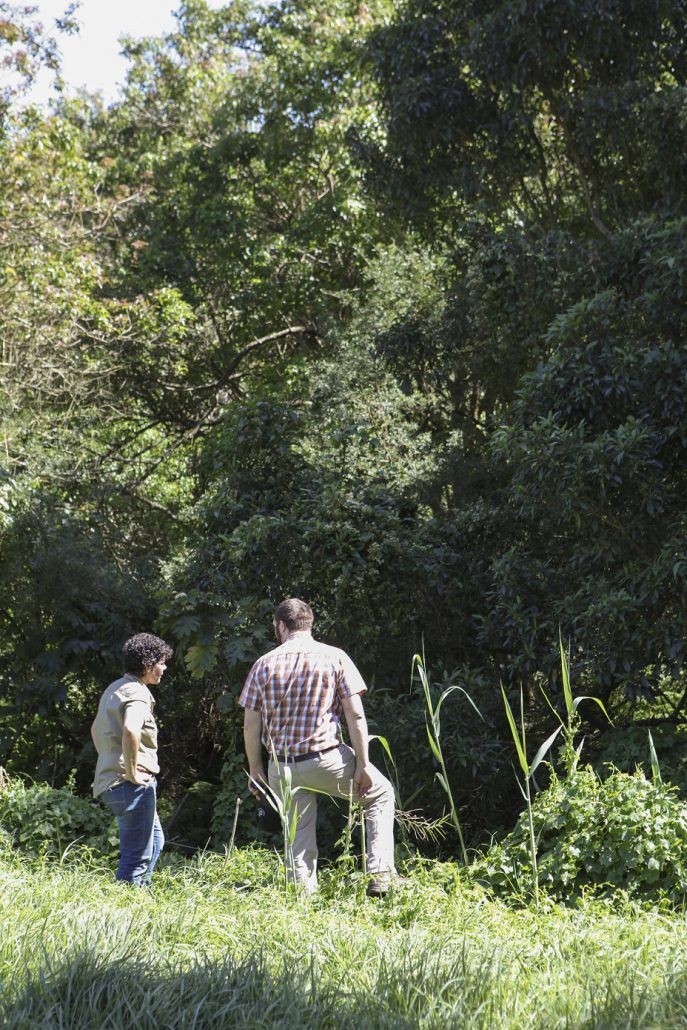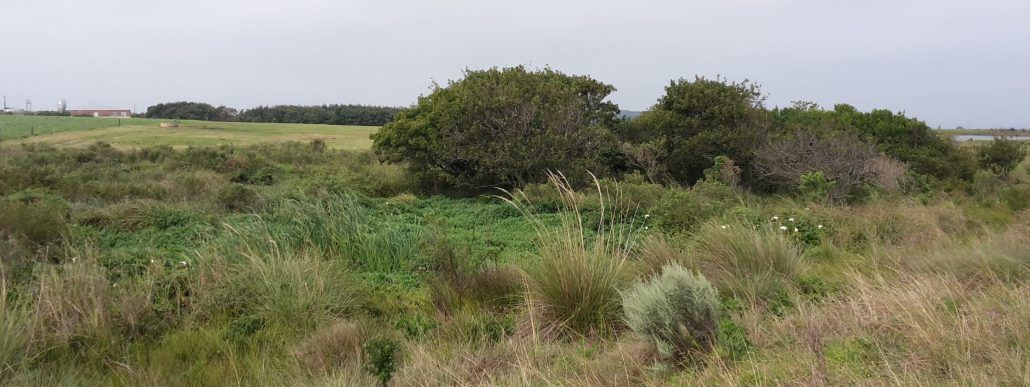Note: This is a follow up on a previous blog titled Should farmers concern themselves with biodiversity conservation? It is advised to read the previous blog before reading this one.
Now that the question of whether farmers should concern themselves with biodiversity conservation has been answered with an overwhelming yes, the question arises, what can farmers actually do? There are numerous practices that farmers can implement which will contribute to biodiversity conservation. A few of the more prominent practices are discussed below.
One of the first things that can be done is to map the entire farm, including all land uses (e.g. pasture, yard, roads and dams), especially identifying areas of natural vegetation, rivers and wetlands. These are the most important areas for biodiversity conservation. Even the smallest areas of natural vegetation can serve as the habitat for important plants, birds, insects, reptiles and mammals. Areas of natural vegetation can also serve as ecological corridors, allowing the movement of birds, insects and other animals between natural areas, creating a link between other larger pieces of natural vegetation. Once these areas have been identified, farmers can place concerted effort into conserving them. This can be done by ensuring that there is never any physical disturbance to these areas, especially not allowing any of the area to be cleared of the natural vegetation. Animals can be excluded from grazing in these areas. Buffer zones, where management practices such as fertiliser application, mulching and irrigation are excluded, can be created between pastures and these natural areas. This ensures that agricultural management practices do not negatively impact areas of natural vegetation.
Wetlands are of great value to farmers, and there are many practices that contribute to the conservation thereof. The source and downstream portions of wetlands should not be separated (e.g. by digging a drainage channel above the wetland, or building a road through the wetland). Buffer areas of at least 32 metres of undeveloped and uncultivated land can be kept around wetland areas, serving the purpose as mentioned above. Areas in and around wetlands should be kept clear of alien plant species where possible. These alien plants out-compete natural wetland plants, and use excessive amounts of water. Good pasture management (e.g. not over-grazing, not applying excessive fertiliser, minimum tillage) minimises potential negative impacts on adjacent wetlands. No high-yield boreholes should be sunk near wetlands so as to ensure that no over-abstraction of water feeding into the wetland takes place. Dams or weirs should not be built in wetlands without authorisation from the Department of Water Affairs. Dams and weirs change wetlands into permanent water bodies, causing the wetland vegetation to be lost. Digging of drainage ditches, canals or any other practices that interfere with the flow regime of a wetland should not be done.
Alien vegetation is any vegetation that does not naturally occur in an area. Alien vegetation becomes invasive when it spreads to the extent that it causes damage to the environment, economy or human health. Invasive alien vegetation has a negative impact on the natural environment by causing loss of natural vegetation, increasing the risk and intensity of fires, and reducing surface and ground water. Landowners are obligated by law in South Africa to clear areas of alien invasive vegetation on their farms, as well as limit the spread of alien invasive species. Areas of invasive aliens should be identified on the map mentioned above, and a plan developed as to how they will be cleared. It is important to have a strategy to clear alien invasive plants, and record when clearing has taken place and when follow up clearing is necessary. Clearing should also be done in a manner that does not negatively impact on the surrounding environment (i.e. through excessive mechanical clearing or the use of harmful chemicals).
These practices can often seem intimidating to consider and can beg the question, how will they pay for themselves. This is not always easy to answer, as the return on investing in these practices is not always directly measurable. As was discussed in the previous blog though, there are numerous ecosystem services that healthy agroecosystems contribute to agriculture. These benefits often extend beyond a farms boundary, and into future generations.
- A carbon footprint assessment for pasture-based dairy farming systems in South Africa - 2024-02-07
- What progress have farms participating with Trace & Save made over the past 10 years? - 2023-09-06
- Carbon footprint reduction over time: Lessons from pasture-based dairy farms in South Africa - 2023-09-04


